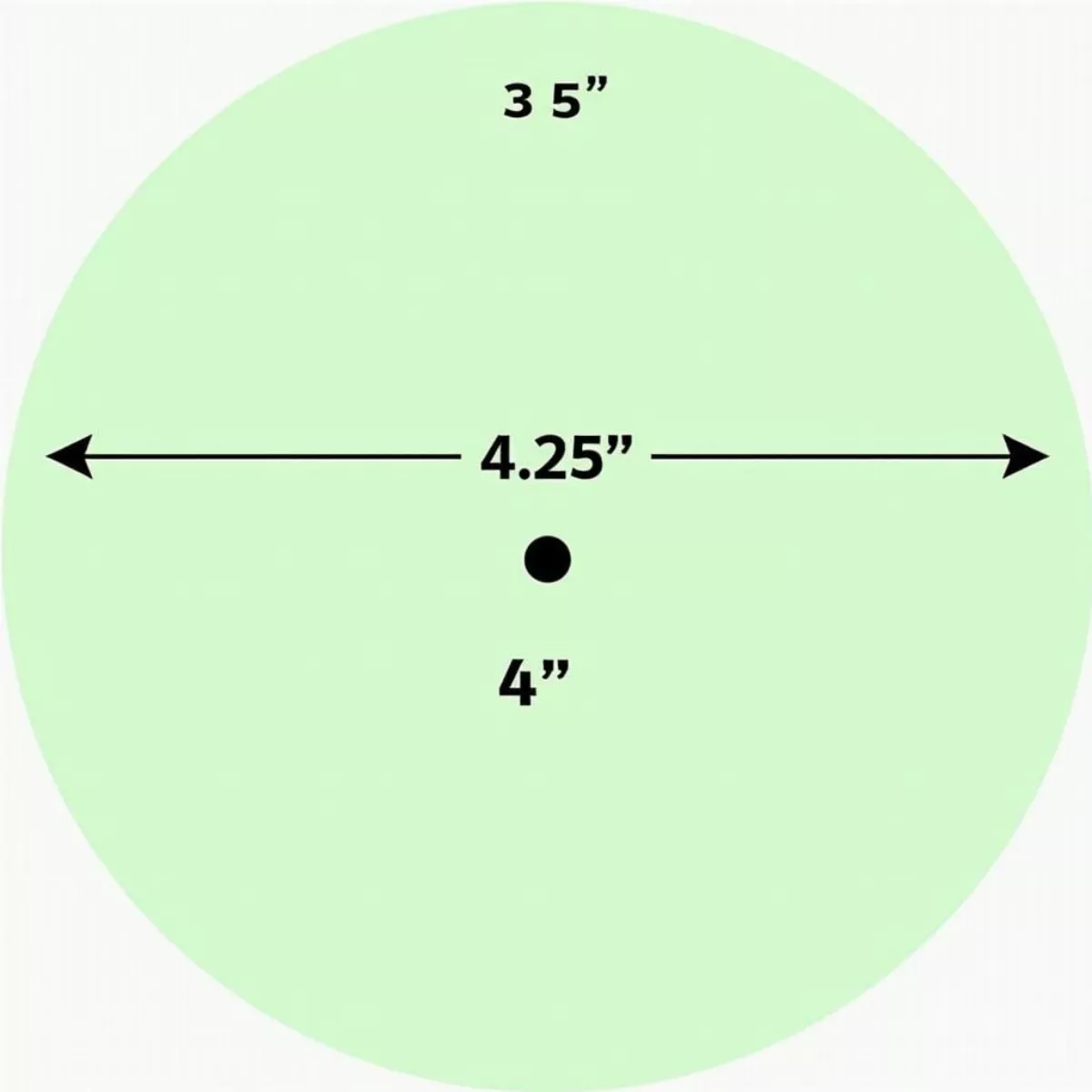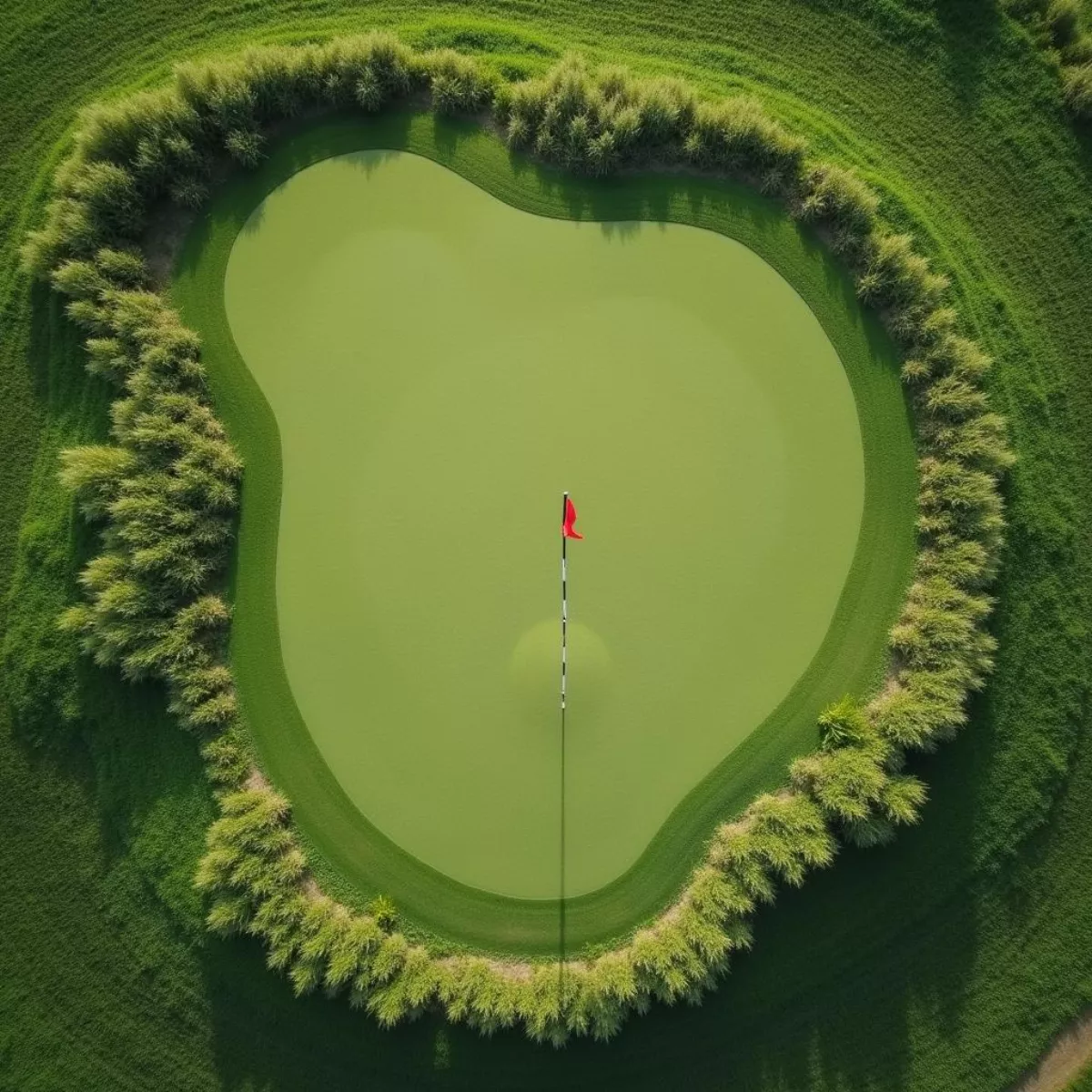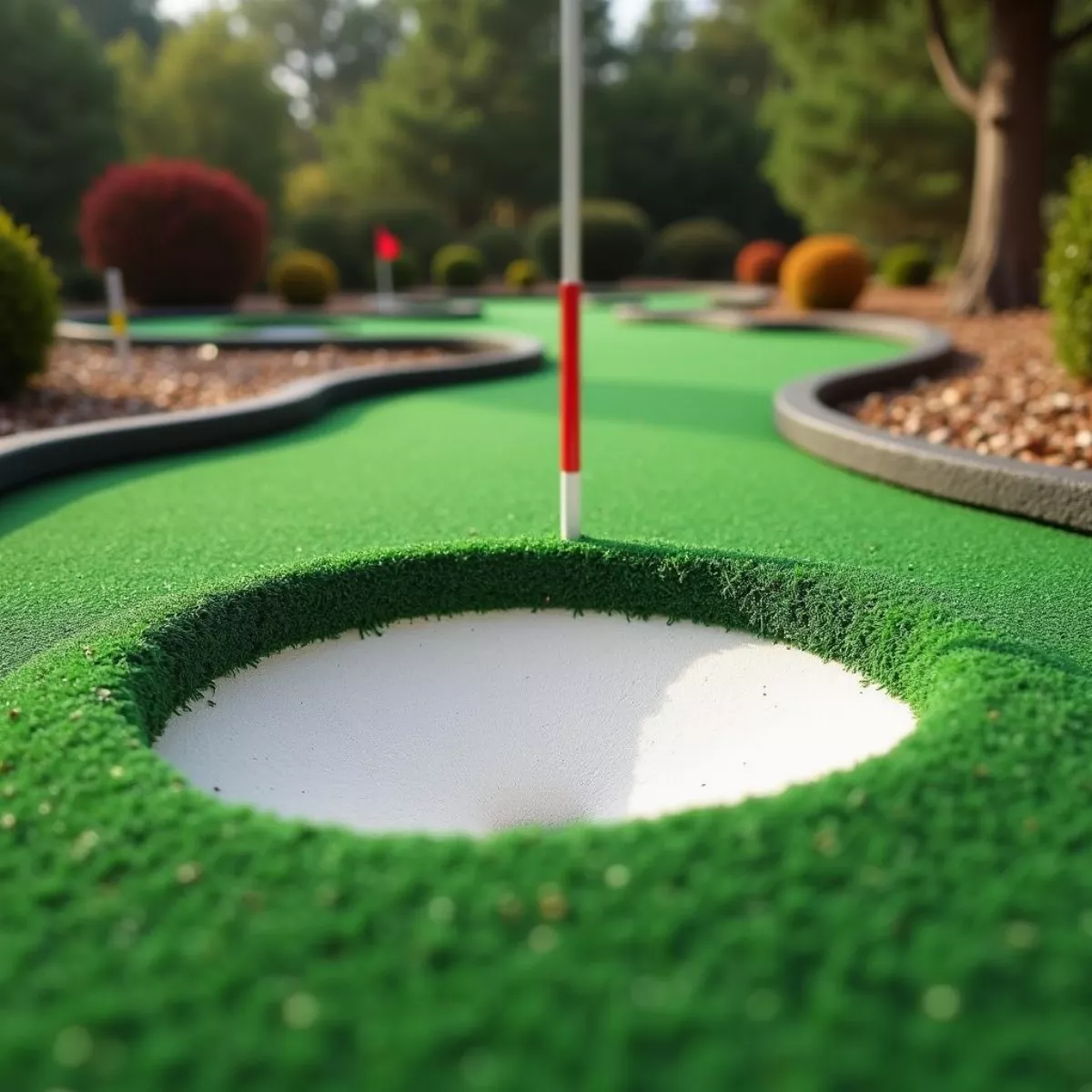Golf, a sport synonymous with precision and patience, offers more than just a delightful walk on meticulously landscaped courses. One of the core elements that define the game is the golf hole itself. Have you ever paused to consider the width of a golf hole and its significance? This comprehensive guide will delve deep into this aspect, aiming to enhance your understanding of golf and improve your game.
What is a Golf Hole?
In golf, a hole refers to both the physical cup that is placed in the ground and the entire area where the player attempts to hit the ball. Each hole on a golf course is usually measured in yards and is characterized by specific features, including its length, par value, and obstacles such as sand traps, water hazards, and trees. But the cup itself—where your golf ball ultimately needs to land—has specific dimensions governed by the rules of the game.
Standard Width of a Golf Hole
According to the Rules of Golf, a regulation golf hole measures 4.25 inches in diameter. This standard is embraced by major golfing organizations, including the United States Golf Association (USGA) and the Royal and Ancient Golf Club (R&A).
 Golf Hole Dimensions Table
Golf Hole Dimensions Table
Why is the Width Important?
The width of a golf hole is significant for several reasons:
- Game Strategy: Understanding the hole dimensions can shape your game strategy. A wider hole may encourage more aggressive play, while a narrower hole may require a more careful approach.
- Skill Development: Knowing the size of the hole can help golfers of all skill levels better gauge their abilities and those of their opponents.
- Equipment Design: Golf balls and putters are designed considering the width of the hole, giving rise to innovations aimed at improving accuracy and performance.
Does the Width of a Golf Hole Change?
Interestingly, the width of a golf hole does not change from course to course, given that it adheres to the 4.25-inch regulation set by governing bodies. However, the surrounding area—greens, slopes, and other features—can dramatically alter the perceived challenge of getting the ball into the hole.
 Golf Hole on Green
Golf Hole on Green
The Physics Behind a Golf Hole
Understanding why the hole is 4.25 inches wide brings us to the physics of golf. The concept is rooted in creating a challenge, ensuring that not every putt will be an easy make. The diameter allows for a calculated difficulty level, pushing players to refine their technique and aim.
“Golf is a game of inches, and the hole provides a perfect target to test your skills.” – Unknown
The Psychology of a Golf Hole’s Width
The psychological impact of a 4.25-inch hole cannot be undermined. When standing over a putt, players often experience a mixture of confidence and anxiety. The nerve-wracking realization that your ball needs to fit into that narrow space can invariably affect performance.
 Golfer Putting on the Green
Golfer Putting on the Green
Tips for Putting into a Golf Hole
To conquer the challenge presented by the width of a golf hole, consider the following tips:
- Alignment is Key: Ensure your putter is aligned with the hole before your stroke.
- Practice Distance Control: Understand how far you need to hit the ball, as a golf hole requires both accurate direction and distance.
- Focus on Speed: Don’t just aim at the hole; also work on your putting speed. A well-aimed putt can miss if it has too much energy.
- Use the Right Grip: The grip on your putter can make all the difference. Find one that allows you to feel comfortable and secure.
- Practice, Practice, Practice: The more you practice your putts, especially focusing on both short and mid-range attempts, the more comfortable you will become with the width of the hole.
The Golf Cup: A Closer Look
The design of the golf cup further supports the experience of the game. Typically constructed from materials like metal or plastic, the cup serves a practical purpose:
- Ease of Ball Retrieval: The cup’s design allows players to easily retrieve the ball once it has been putted in.
- Durability: Cups are designed to withstand the wear and tear of weather conditions and frequent use.
Alternative Golf Formats and Hole Sizes
While most traditional courses adhere to the 4.25-inch standard, some alternative games and formats exist, particularly in mini-golf or during unique golfing events, where the hole can be larger or smaller, aiming to offer fun rather than strict competition.
 Mini Golf Hole
Mini Golf Hole
Key Takeaways
- The standard width of a golf hole is 4.25 inches in diameter.
- The hole’s dimension adds both a strategic challenge and a psychological component to the game.
- Factors such as alignment, distance control, and practice contribute to successfully putting into the hole.
- Different formats of golf may feature varying hole sizes, primarily for recreational purposes.
FAQ: Frequently Asked Questions
- Why is the golf hole 4.25 inches wide?
- This dimension strikes a balance between challenge and playability, ensuring that the game remains exciting and skill-intensive.
- Does every golf course follow this hole size?
- Yes, all regulated golf courses adhere to this standard set by the USGA and R&A.
- How deep is a standard golf hole?
- A standard golf hole is 4 inches deep.
- Can the hole size change for special events?
- Yes, in informal games or special events, alternative hole sizes may be used for creative challenges.
- What are some strategies for putting into the hole?
- Tips include proper alignment, maintaining the correct putting speed, and practicing regularly.
- Does hole size affect the design of putters?
- Yes, putters are designed with the dimensions of the hole in mind to enhance accuracy.
- How does the size of the hole influence scoring in golf?
- A smaller hole could potentially increase the difficulty, leading to higher scores and a more challenging game.
- Is mini-golf the same in terms of hole size?
- Mini-golf generally features larger holes; the focus is on fun and creativity rather than strict adherence to traditional formats.
- What materials are golf holes made from?
- Golf holes can be made from a variety of materials, including metal, plastic, or rubber, and are designed for durability and surface retention.
- How can I improve my putting skills?
- Techniques such as consistent practice, adjusting your grip, and focusing on speed can all contribute to better putting performance.
By understanding the width of a golf hole and how it plays into the larger game, you gain a fresh appreciation for this sport we all love. Let this knowledge motivate you to hit the greens with renewed vigor!